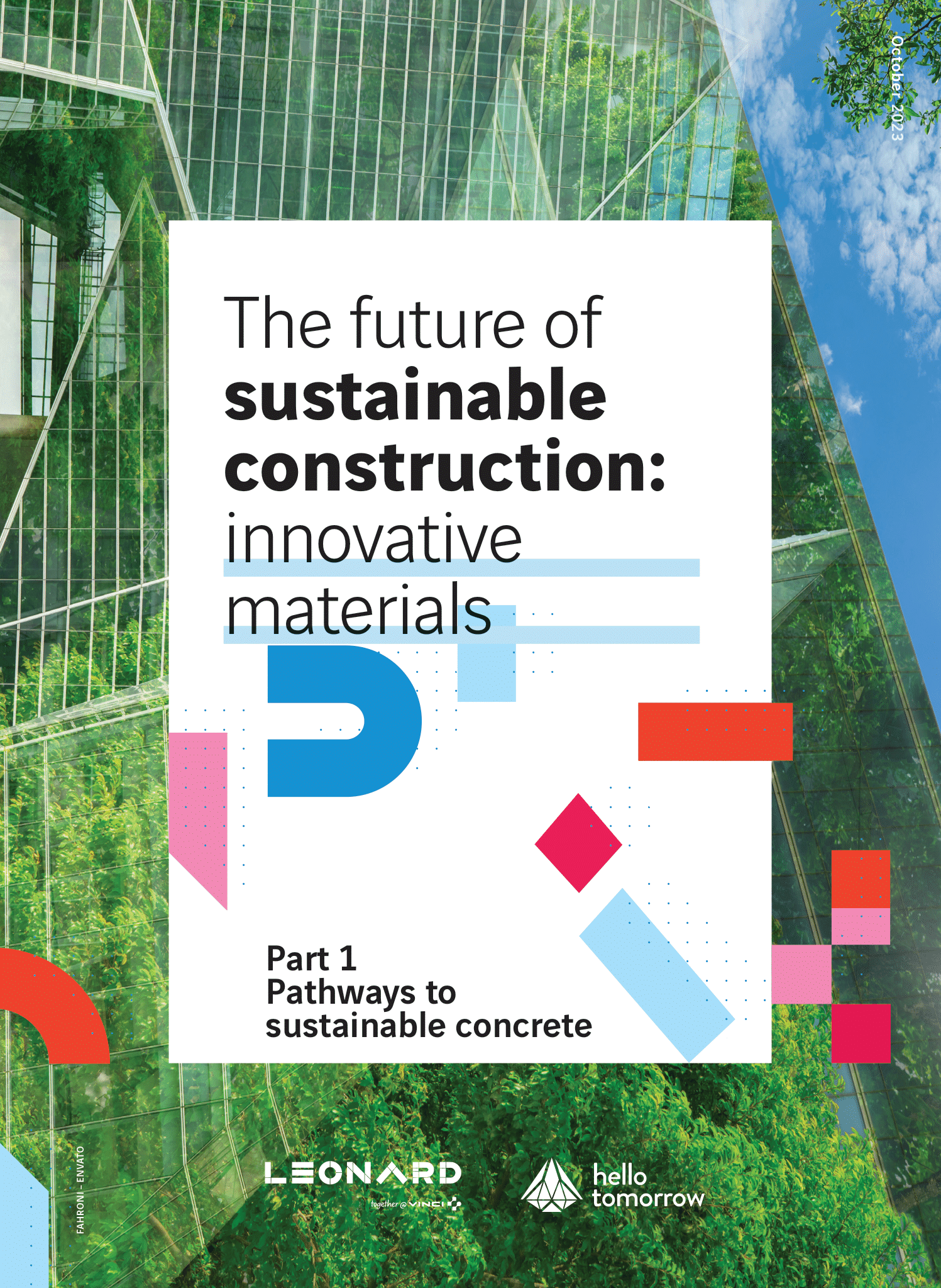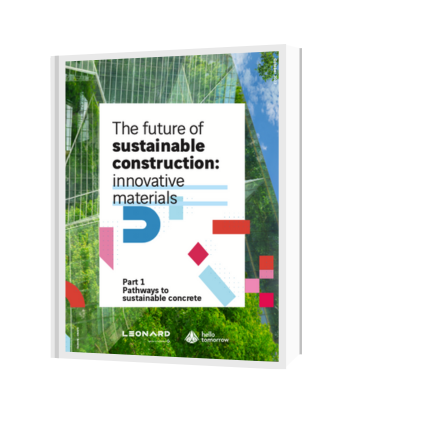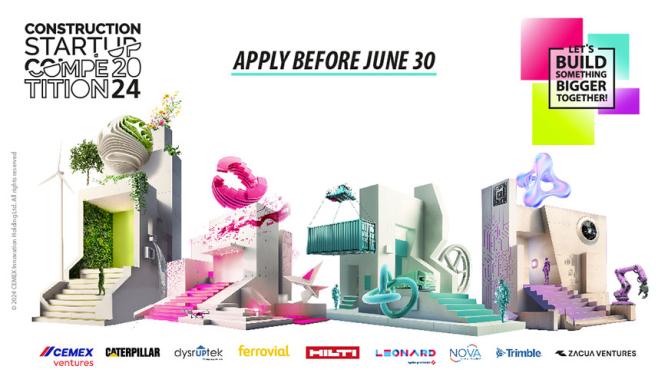Decarbonising cement production: Deploying cutting-edge technologies to meet 2050 climate targets
Concrete is the most widely used material in the construction industry, accounting for an average of 60% of materials used and eclipsing all other building materials. However, this material carries a heavy environmental burden, with 90-95% of its carbon footprint attributed to cement. In response to this environmental challenge, three key levers are currently being explored: reducing the clinker/cement ratio, exploring alternative binders and applying carbon sequestration techniques in concrete plants.
Read the executive summary (26 pages)
The first part of the Leonard x Hello Tomorrow report explores innovation trends in these areas, with examples of start-ups offering solutions that are more or less advanced in terms of industrialisation.
Discover the first part of our study

Beyond concrete: Material science and biomimicry at the forefront of sustainable construction
Achieving emissions reductions within the sector demands a comprehensive approach harnessing a combination of levers to fully unlock the potential of deep technologies. Delving further into material science, the exploration of the unique properties of materials has unveiled new avenues for sustainable construction. Two key approaches have emerged in the field: the first involves the modification of existing materials to imbue them with novel properties, while the second entails harnessing new sources for greener materials.
The former, still in its infancy, relies on structure-changing and energy-exchanging materials. These deep technologies can reduce environmental impacts by enabling self-sustainability in buildings, reducing maintenance costs, and optimising performance. However, these technologies are still nascent, grappling with scalability and regulatory challenges.
Meanwhile, the latter approach can be achieved by either exploring nature-sourced materials such as mycelium, bamboo, and timber or leveraging biomimicry, resulting in materials with new properties, such as self-healing concrete and self-cleaning surfaces. Nature-sourced materials have short-term adoption potential due to historical usage and scalability feasibility, although the complete substitution of current materials is uncertain.
Biomimicry, for its part, holds the promise of reducing maintenance costs and offering environmental benefits. While still facing scalability and regulatory challenges, this process has promising prospects, even though widespread, mainstream adoption may not be immediate.
Read the second part of the report
Enjoy your reading !


